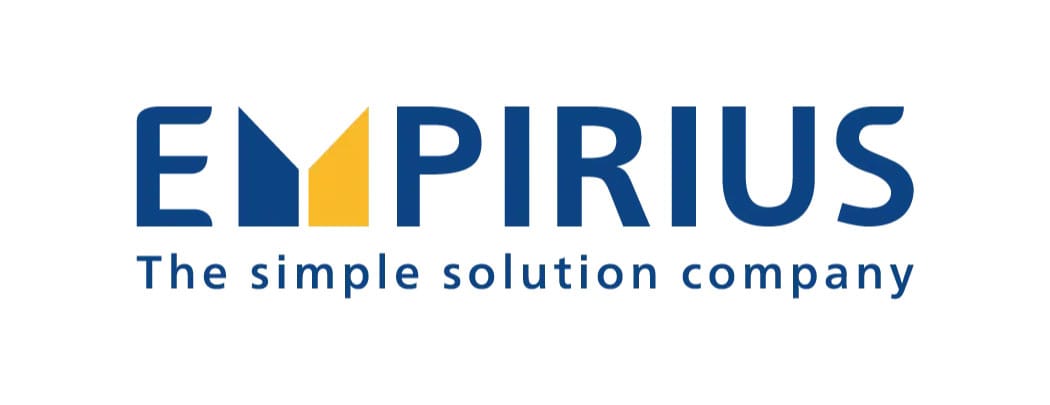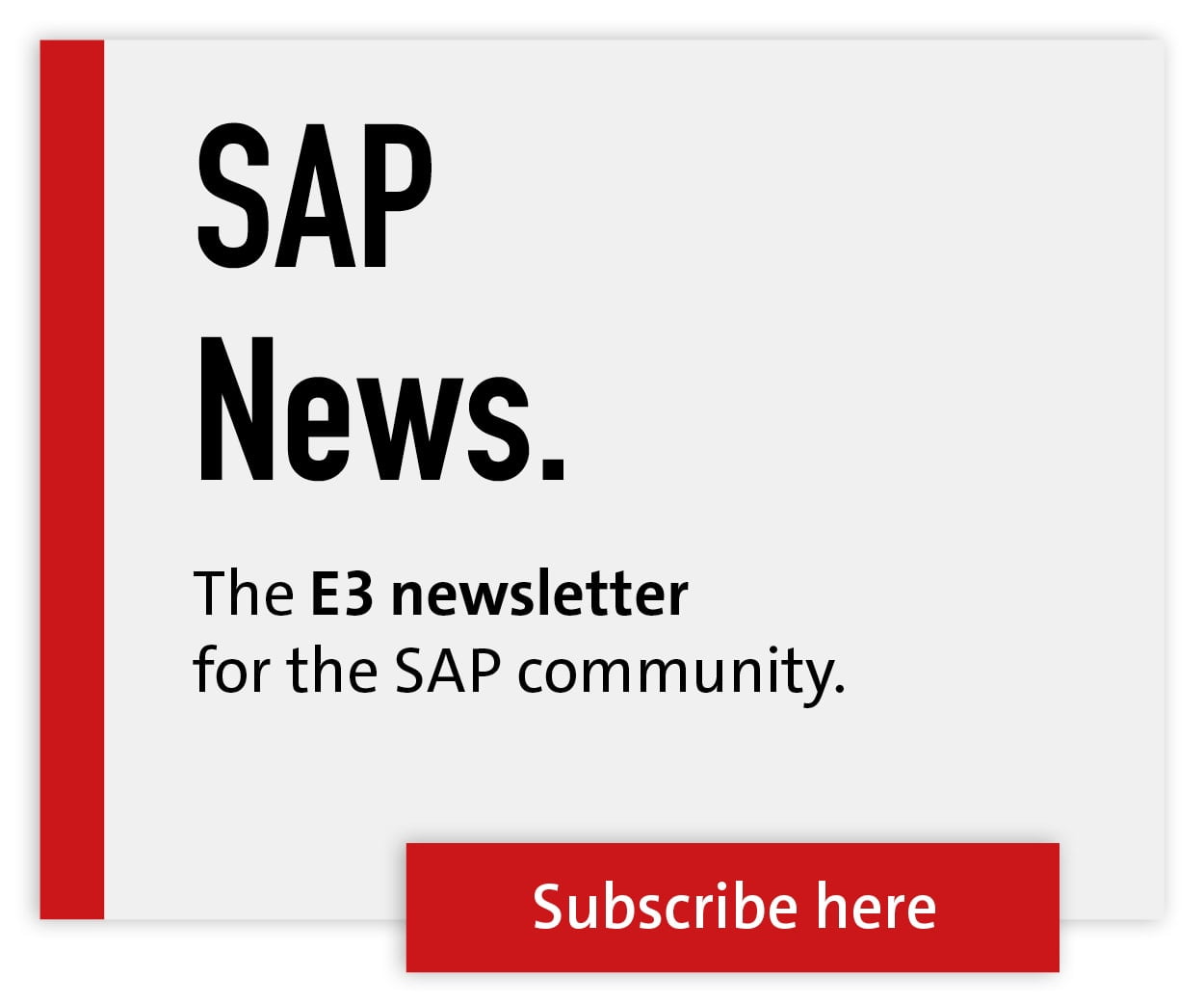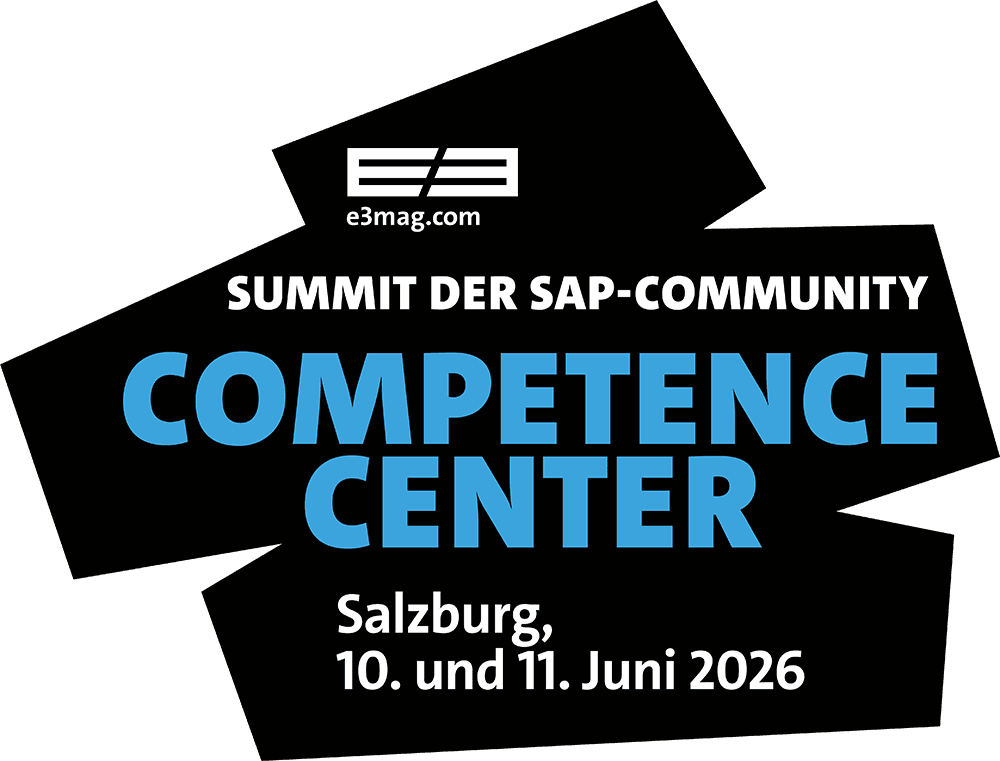SAP and Non-SAP?


E3: With "SAP and non-SAP" automation, Empirius is expanding its range of applications beyond SAP and providing customers with extended application options in the SAP Basis automation suite Epos. What is the objective of this change?
HaselbeckThe initial situation is that practically all SAP customers use non-SAP systems on the infrastructure side in addition to SAP systems. This means that automation should not only focus on SAP or non-SAP, but must take both into account. In addition, an SAP system does not only consist of SAP, but also has a database running underneath it, an operating system running underneath it - and if proper infrastructure system maintenance or useful system management is carried out, the components running under SAP must of course also be taken into account. The impetus for taking greater account of non-SAP systems in Epos comes from customer requests or customer requirements.
E3: Are tools from Suse or Red Hat or Microsoft or Oracle or SAP, such as SAP for Me, to be replaced with Epos?
Haselbeck: Clearly not. The aim is that, in the context of an SAP landscape to be managed, non-SAP infrastructures or components can also be managed with Epos. For example: We manage all Windows systems - whether SAP or non-SAP; clustered in one go, so to speak. And with our suite as the starting point, as the central point of management.
E3: What exactly is behind "Central Point of Management"?
HaselbeckCentral Point of Management plays a very central role. The focus here is on the fact that, firstly, an enormous amount of information about all systems and components of an IT infrastructure environment is collected in the Epos database from our Epos server. Secondly, this information can also be used to trigger actions in the long term. For example, if you have information that a Microsoft version is already eight months old, you can find out whether and which new patches are available. In short, information about systems is collected in order to trigger the necessary actions. Central Point of Management is therefore a kind of trigger for improvements or necessities in the infrastructure area. In the long term, it provides automated, proactive report information in the interests of secure and profitable system management.
E3: What advantages does this offer users?
HaselbeckThe focus for us is still on automation and a continuous increase in automation. With corresponding efficiency benefits, such as achieving cost advantages or reducing expenses; and of course also minimizing downtimes on the basis of best practices.
E3: Which areas can be automated with the various apps in your suite and which apps are provided for the non-SAP area?
HaselbeckThe Epos BlueCopy app for the automated creation of SAP system copies has been integrating non-SAP systems for a long time. For example DMS or MES
systems. In other apps, such as Custom App or System Maintenance App, there are interfaces for the integration of non-SAP systems. The plan is to extend the Certificate Management app beyond SAP to the non-SAP area. Because certificates are always associated with security and security is becoming increasingly important. More is being planned. Both in the non-SAP area and, of course, in the SAP area.
Of course, the automation of tasks and activities in SAP Basis or in IT infrastructure departments is crucial. For example, if there is a time changeover to be carried out where systems need to be restarted. With 10 systems, this is a kind of EasyGoing. With 40 or 50 systems, it means a lot of work. Or: shutting down and restarting an entire data center at defined times. Or that you can patch Oracle or DB2 systems independently of SAP, perhaps across 100 systems or more. This can be automated with our suite. We plan to provide apps for this purpose.

ㅤ
ㅤ
The impetus for taking greater account of non-SAP systems in Epos comes from customer wishes or customer requests.
claims.
Hans Haselbeck,
CEO,
Empirius
E3: It has become common practice for infrastructure teams to use several tools at the same time. Why use Epos for OS patching or DB patching, for example, when there are also tools from OS manufacturers or DB providers?
HaselbeckAs already mentioned, we do not normally want to replace any tool on the market. It's about integrating existing tools into an overall process. And to provide them with the necessary infrastructure functionality.
E3: Which customer groups are addressed with SAP and non-SAP?
HaselbeckThe main focus is still the SAP market, because that is where we come from and offer the highest added value. We want to continue to move and expand in this market.
E3: To what extent does Empirius support customers on the consulting side in using Epos beyond SAP?
HaselbeckIf a customer needs advice, we naturally support them with consulting services. But always in the context of our automation solutions. As a rule, the aim is to review the existing automation together, discuss the customer's specific requirements as part of an assessment and develop solutions with Epos. Empirius customers have ideas and ask: Can we implement this and that with our automation suite? We are then on hand with help and advice.
Clustering and managing system landscapes and components
Alongside SAP - or even in conjunction with SAP - non-SAP systems or non-SAP system components have been enjoying a happy existence at practically all SAP customers for a long time. From an infrastructure perspective, there are several advantages to clustering different landscapes or components - such as Hana, Oracle, DB2, Linux or Microsoft Windows infrastructure systems - and automatically executing, controlling and monitoring the various necessary maintenance tasks from a central point of management. All the way to minimized downtimes or cost savings. Starting with SAP, this also includes non-SAP systems and system components.
Continue to the partner entry:






